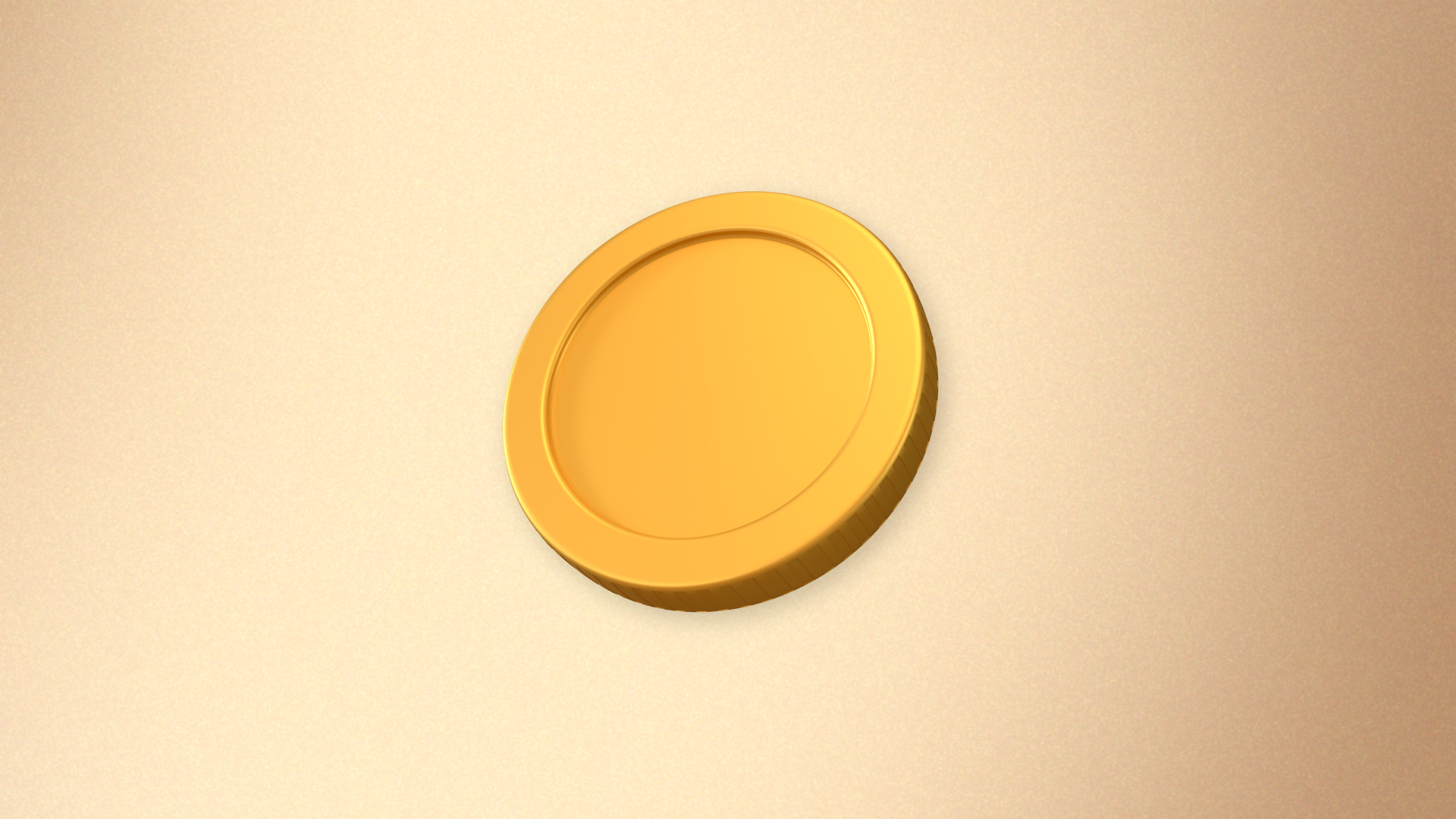Gold has been a trusted investment for generations. Whether it’s the glitter of jewelry or the security of a gold coin, people have always turned to it as a safe store of wealth.
The choice can feel overwhelming with so many options today, from physical gold to digital gold, gold ETFs, and gold mutual funds. Each option has its strengths and weaknesses, and the right choice depends on your specific needs.
In today’s KOFFi Break let’s explore these options and find out which one works best for investing your funds.
Understanding Physical Gold
For centuries, physical gold has symbolized wealth, security, and status. Even today, it’s a popular choice, whether as jewelry, coins, or bars.
Physical gold offers a sense of ownership that no other form can match. It’s tangible, culturally significant, and emotionally valuable. However, when you examine it as an investment option for businesses, the picture changes.
The biggest downside is the cost:
- Making Charges: Apart from paying for the gold itself, you also bear additional expenses like making charges (if it’s jewelry) and storage fees.
- GST: On purchase of physical gold, you have to pay 3% GST.
- Storage Risk: Storing gold is expensive and risky. Bank lockers generally come at higher prices. Also sometimes diluted gold is sold by the jewelers.
Liquidity is another challenge. Selling physical gold isn’t always easy or quick. You need a buyer or jeweler, and the process can be time-consuming.
While it’s great for sentimental value or long-term wealth preservation, physical gold is not an ideal instrument for investment, especially for businesses looking for flexibility and liquidity.
Understanding Digital Gold
Digital gold is a modern twist on an age-old asset. It allows you to buy, sell, and store gold digitally, often with just a few clicks. You can start with as little as ₹10, making it accessible to almost everyone.
This convenience comes at a cost, though:
- GST on purchase: Similar to physical gold, you have to pay 3% GST on the purchase of digital gold.
- Spread Charge: Spread charge is levied by the custodian as storage and insurance fees. Most platforms charge storage and insurance fees, which can range from 3% to 6%.
Another important factor to consider is regulation—or the lack of it.
Digital gold operates in an unregulated market, meaning there’s no government oversight or safety net. If something goes wrong with the platform, your investment could be at risk.
While digital gold is easy to buy and manage, its high costs and regulatory risks make it less suitable for fund investment.
It’s an option for individuals who value convenience over cost efficiency but falls short for businesses.
Understanding Gold ETF’s
Gold ETFs, or Exchange-Traded Funds, offer a more sophisticated way to invest in gold.
These are essentially shares that represent gold and are traded on stock exchanges. Gold ETFs track gold prices, so their value rises and falls with the market.
One of the biggest advantages of gold ETFs is that they don’t come with GST or storage charges.
This makes them more cost-effective than physical or digital gold.
However, gold ETFs aren’t without their challenges:
- Demat A/c: To invest in them, you need a Demat account, which adds an extra complexity for businesses.
- Knowledge of the market: Trading ETFs requires some knowledge of the market. If you’re not familiar with how the stock market works, you might find it intimidating.
- Expense Ratio: Gold ETFs come with an expense ratio, which is a fee charged by the fund house.
- Liquidity: Another concern is liquidity during low-demand periods. While ETFs are generally easy to sell, there can be times when finding a buyer is difficult.
For businesses looking to invest funds in the short term, gold ETFs can be a good option, but they’re not ideal for those seeking long-term stability and simplicity.
Understanding Gold Mutual Funds
Gold mutual funds combine the best aspects of gold investment and make them accessible to everyone. Managed by professional fund managers, these funds invest in gold-related assets, such as gold ETFs.
One of the biggest advantages of gold mutual funds is their simplicity.
Unlike ETFs, they don’t require a Demat account. This makes them more accessible to a broader range of investors.
Gold mutual funds also score well on cost efficiency.
There’s no GST, and the only expense is the fund’s management fee, known as the expense ratio. This makes them far more economical than physical or digital gold.
Liquidity is another area where gold mutual funds shine. You can redeem your investment anytime at the prevailing Net Asset Value (NAV).
This flexibility makes them ideal for businesses that need quick access to their funds.
While gold mutual funds may not offer the same emotional connection as physical gold, they are far more practical for investment. They are the perfect balance between simplicity, cost efficiency, and liquidity.
Let’s Comparing the Options
Let’s take a step back and compare these options side by side:
Instrument | GST | Costs & Fees | Liquidity | Accessibility |
Physical Gold | Yes (3%) | High (making, storage) | Low | Moderate (handling) |
Digital Gold | Yes (3%) | Moderate (storage, spread) | Moderate | High (online platforms) |
Gold ETFs | No | Brokerage, expense ratio | High | Needs Demat account |
Gold Mutual Funds | No | Expense ratio | High | Easy |
Another Most Popular Option is Sovereign Gold Bonds (SGBs)
Sovereign Gold Bonds (SGBs) are government-backed instruments linked to the real price of gold. Instead of buying physical gold, you get a paper or digital certificate that mirrors gold’s value, making it a secure and efficient investment option.
The government periodically announces SGB issue dates, typically with a 3-4 day subscription window.
Why are SGBs Most Popular for Gold Investment?
- No 3% GST: Unlike physical gold, SGBs are exempt from GST.
- No Spread Charges: Avoid additional buying/selling price margins.
- Discount: ₹50 per gram discount for online applications.
- Tax-Free Gains: No capital gains tax if redeemed with the RBI after maturity.
- Interest: Earn 2.5% p.a. simple interest, credited semi-annually (taxable).
Key Features of SGBs:
- Minimum Investment: 1 gram of gold.
- Lock-In Period: 8 years, with an early redemption option after 5 years.
- Stock Exchange Liquidity: Sell earlier on the exchange, though profits will be taxable.
- Tax-Free Profits: Only when redeemed with the RBI, not when sold on the stock exchange.
A Demat account is required to apply for SGBs. The bonds are redeemed at the prevailing gold price at maturity, providing market-linked returns without the hassle of storing physical gold.
Note: Sovereign Gold Bonds (SGBs) are not included in the above list because, as per reports, the Government of India is likely to discontinue issuing new tranches of SGBs until FY 2027.
So, what’s the verdict?
If you’re looking to invest funds in gold, the choice depends on your priorities.
Physical and digital gold offer tangibility and convenience but are costly and less liquid. Gold ETFs are better suited for market-savvy investors with short-term needs.
For businesses and individuals seeking a simple, efficient, and flexible option, gold mutual funds are the clear winner.
They offer the right mix of cost efficiency, liquidity, and accessibility, making them the best instrument for investment.
Gold will always hold a special place in our hearts and investment portfolios. But when it comes to investment, it’s not just about the glitter—it’s about making the smartest choice for your money. Choose wisely.
Was this helpful?
Click on a star to rate it!
As you found this post useful...
Follow us on social media!
We are sorry that this post was not useful for you!
Let us improve this post!
Tell us how we can improve this post?






 Ask us Anything!
Ask us Anything!